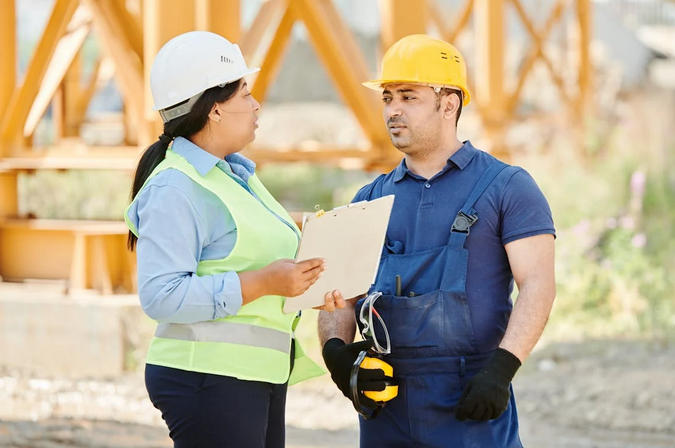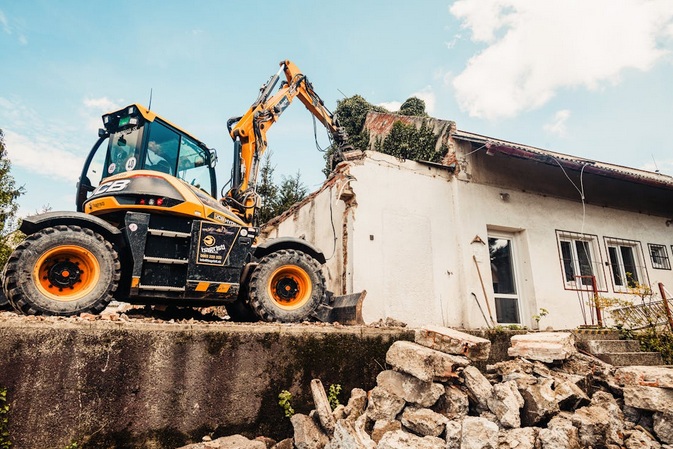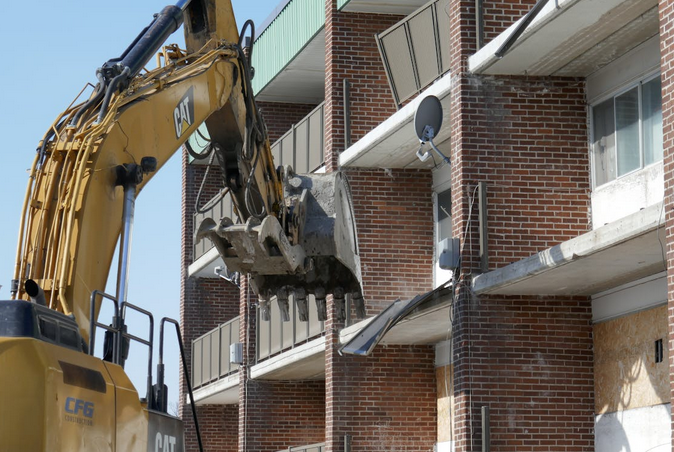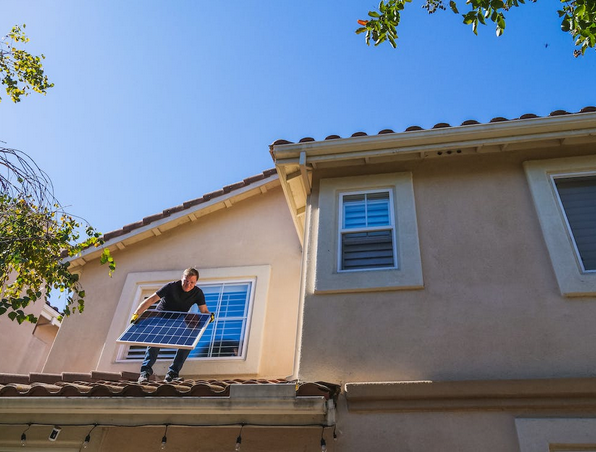Why an Experienced Demolition Contractor Can Save You Time and Money
Demolition contracting is not just about knocking down walls. It’s a complex dance of strategy, safety, and skill that requires deep industry knowledge. Every project presents unique challenges—from assessing risks to navigating regulations. Experience plays a crucial role in ensuring projects run smoothly and safely. As urban areas evolve, the demand for skilled demolition contractors increases. With this surge comes the need for professionals who can manage intricate tasks while maintaining high standards of safety and compliance. In a sector where a single misstep can lead to significant consequences, understanding the nuances of each phase becomes essential.
Strategic Planning and Risk Assessment

Strategic planning is the backbone of all projects that requires certain structures to be demolished. It starts with a thorough analysis of the site and surrounding areas. Understanding potential hazards, including nearby structures and environmental factors, is crucial. Risk assessment follows closely behind. Experienced contractors meticulously identify risks that could impact safety or timelines. This includes evaluating structural integrity and anticipating issues like hazardous materials. Creating a detailed plan allows teams to allocate resources effectively while setting realistic timelines. Proactive measures are included to address any foreseeable challenges head-on. Communication improves significantly by engaging all stakeholders early in the process. Everyone involved gains insight into their roles and responsibilities, minimizing confusion as work progresses.
Regulatory Compliance and Permitting
Navigating the world of demolition in Phoenix requires a firm grasp of regulatory compliance and permitting. Each project is unique and governed by local, state, and federal regulations. These laws ensure safety and environmental protection. Obtaining the required permits can be a long process. It often involves detailed documentation and inspections. Without proper permissions, projects may face significant delays or even penalties. Contractors must stay updated on changing regulations. This knowledge streamlines operations and builds trust with clients and stakeholders. Engaging with the local authorities earlier in the planning phase makes for smoother transitions later on. Failure to comply can lead to serious consequences—from fines to legal action. Therefore, understanding these requirements is crucial for successful project execution. A strong focus on compliance enhances overall project reliability while fostering a culture of accountability within teams.
Advanced Techniques and Equipment Utilization

Demolition contracting has evolved significantly, with advanced techniques and state-of-the-art equipment. These innovations enhance efficiency and safety on site. Using specialized machinery like robotic demolition arms allows for precision in dismantling structures, especially in challenging environments. This technology minimizes risks by reducing manual labor exposure to hazardous conditions. Additionally, integrating drones provides a bird’s-eye view of the project area. They aid in surveying sites and identifying potential hazards before any work begins. Moreover, 3D modeling software plays a critical role in planning complex demolitions. It enables teams to visualize processes and anticipate challenges that may arise during execution.
Safety Protocols and Hazard Management
Safety is paramount in demolition contracting. The nature of the work presents numerous hazards, making strict protocols essential. Demolition sites often involve unpredictable conditions. Workers must be trained to recognize these risks and respond appropriately. Regular safety drills can help maintain a culture of awareness. Personal protective equipment (PPE) should always be worn. Hard hats, gloves, goggles, and respiratory masks are non-negotiable elements of any job site. They serve as the first line of defense against potential injuries.
Hazard management goes beyond just wearing gear. It includes identifying hazardous materials like asbestos or lead paint before starting a project. Proper testing and removal procedures are crucial for ensuring worker safety. Effective communication among team members enhances hazard management efforts. Everyone on-site should understand their roles and responsibilities regarding safety measures, ensuring that no one is left unprepared for unexpected situations.
Project Adaptability and Problem-Solving
In demolition contracting, adaptability is key. Projects rarely go exactly as planned. Unexpected challenges arise, from structural surprises to weather changes. Experienced contractors excel in problem-solving. They assess issues swiftly and devise effective solutions on the fly. This agility can mean the difference between delays and a smooth project timeline. When confronted with unforeseen obstacles, a seasoned team doesn’t panic. Instead, they use their knowledge and experiences to navigate complexities seamlessly. Communication plays a vital role here too. Keeping clients informed fosters trust while collaborating with subcontractors ensures everyone is aligned towards common goals. Flexibility isn’t just about reacting; it’s also about proactive planning. Anticipating potential roadblocks allows teams to create contingency plans that streamline operations when problems do arise.
In this dynamic field, the value of experience cannot be overstated. It shapes not only how projects are planned but also how they unfold day by day. The right blend of knowledge and skills leads to successful outcomes in even the most complex situations.







 If you want to take your relaxation space to the next level, consider playing calming music in the background or lighting some scented candles. This will help create an even more relaxing atmosphere that you can really sink into.
If you want to take your relaxation space to the next level, consider playing calming music in the background or lighting some scented candles. This will help create an even more relaxing atmosphere that you can really sink into.